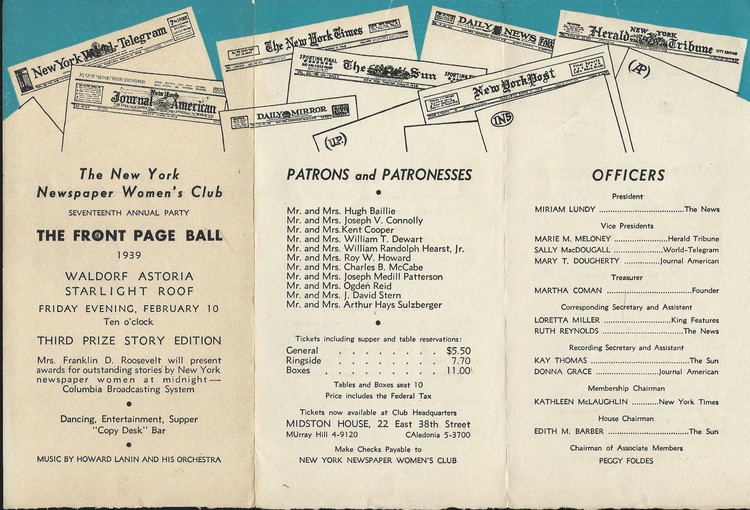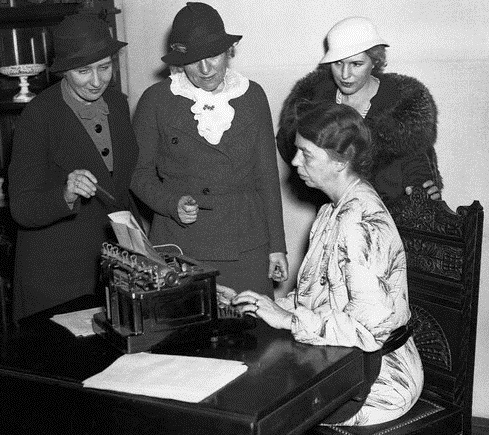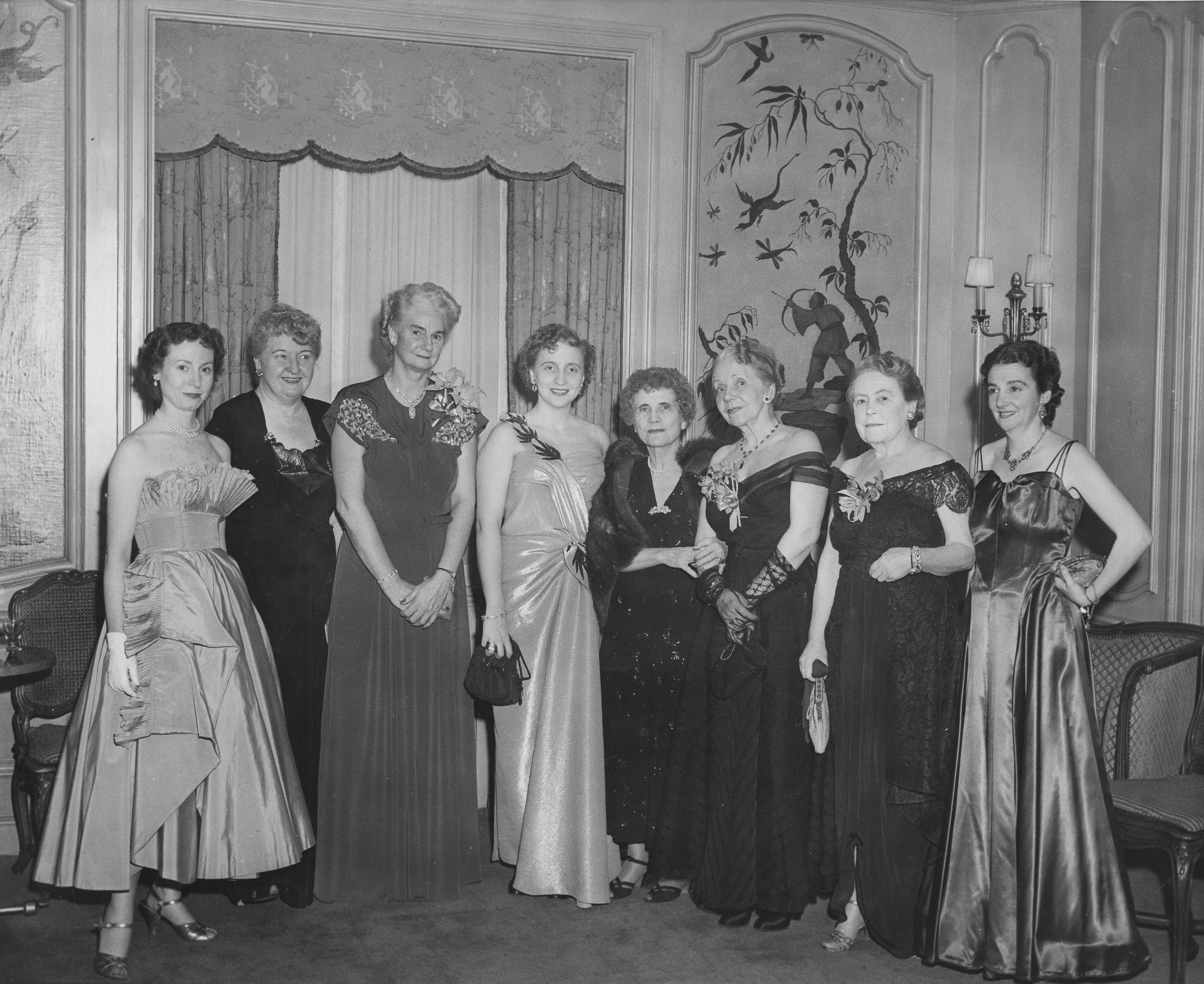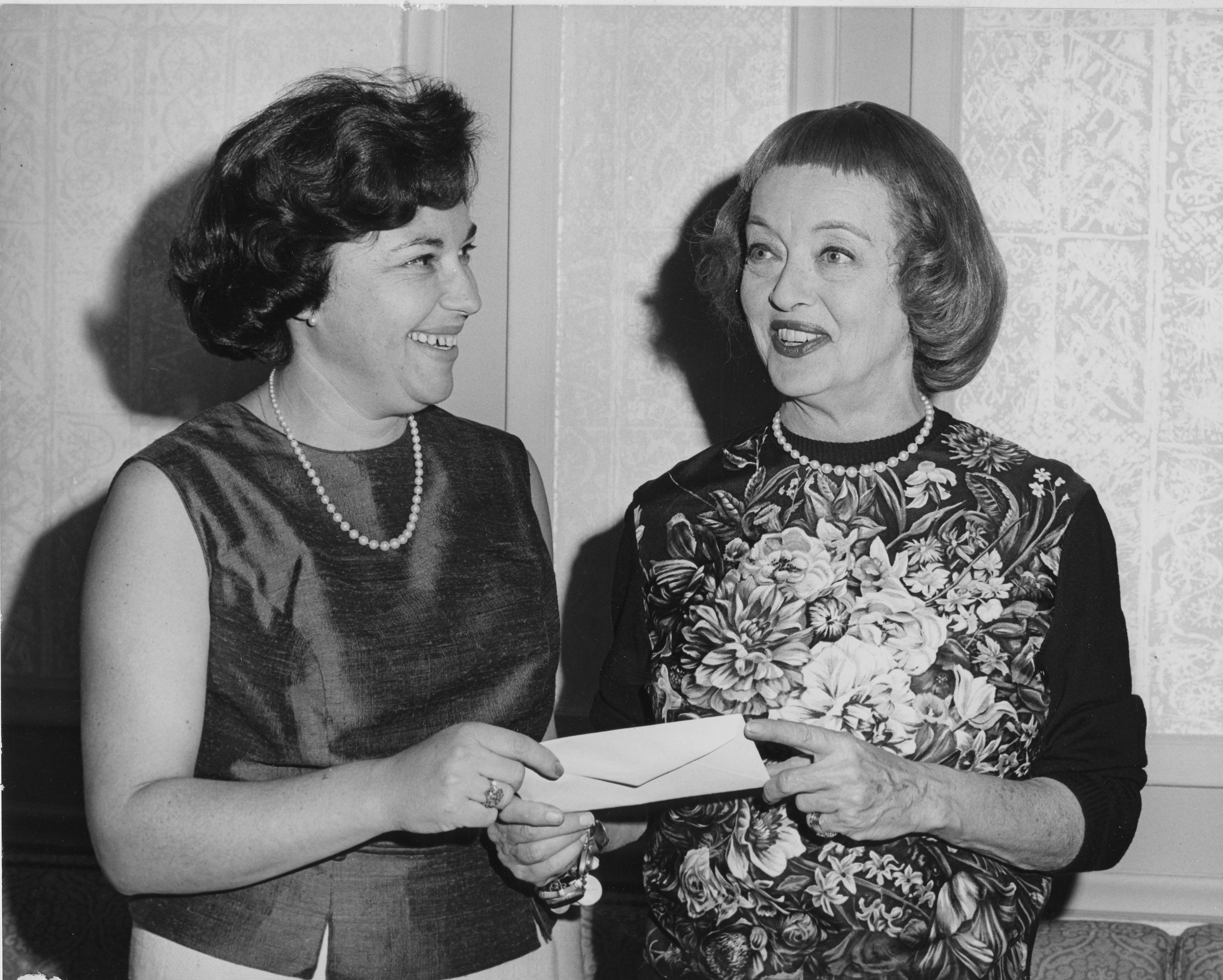



STORIED PAST, BRIGHT FUTURE
The Front Page Awards were instituted in 1937 by the New York Newspaper Woman’s Club (as The Newswomen’s Club of New York was then called) to recognize women journalists at New York City papers whose bylined stories made the front page, a rare occurrence for women in those days.
The awards have evolved in line with the expansion of journalism into radio, television, photography, wire services, magazines, and new media. Today they recognize excellence by newswomen working across all these categories. They are as relevant in the 21st century as they were the day they were founded and will surely continue to honor and inspire generations of newswomen to come.
Notable honorees include women who changed the way news is covered:
Emma Bugbee convinced Eleanor Roosevelt to hold press conferences for newswomen, who were excluded from President Franklin Delano Roosevelt's press briefings.
Marguerite Higgins wrote from the front lines of World War II.
Judith Crist distinguished film criticism from Hollywood gossip.
A PARTY LIKE NO OTHER
In the early years, The Front Page Awards were known as “the social event of the season” attracting up to 3,000 A-list guests including Hollywood celebrities, dignitaries, and of course top news professionals. It was held at the New York’s most fashionable hotels of the day.
Today the award ceremony is smaller, but no less grand. The festive black-tie affair includes a cocktail reception, seated dinner, and after-dinner drinks following the ceremony.
A CONTEST JUDGED BY PEERS
Among the most prestigious in journalism, the Front Page Awards are particularly meaningful because they are given on the basis of judgment of panels of ranking media professionals.They recognize excellence in 44 categories as well as Foreign Correspondent of the Year, Reporter of the Year, and Lifetime Achievement.
ENTRY INFORMATION
We call for entries from newswomen based in the New York metropolitan area who are working as reporters, photographers, columnists, producers, and videographers in print, television, radio, wires, magazines and online media. The entry period opens in early July and runs through August. The 2016 contest has now closed.
Judges consider planning and general organization of an entry, initiative in obtaining the story, news writing, readability and impact. They also consider originality, creativity, content organization, clarity of message and appropriateness to audience.

